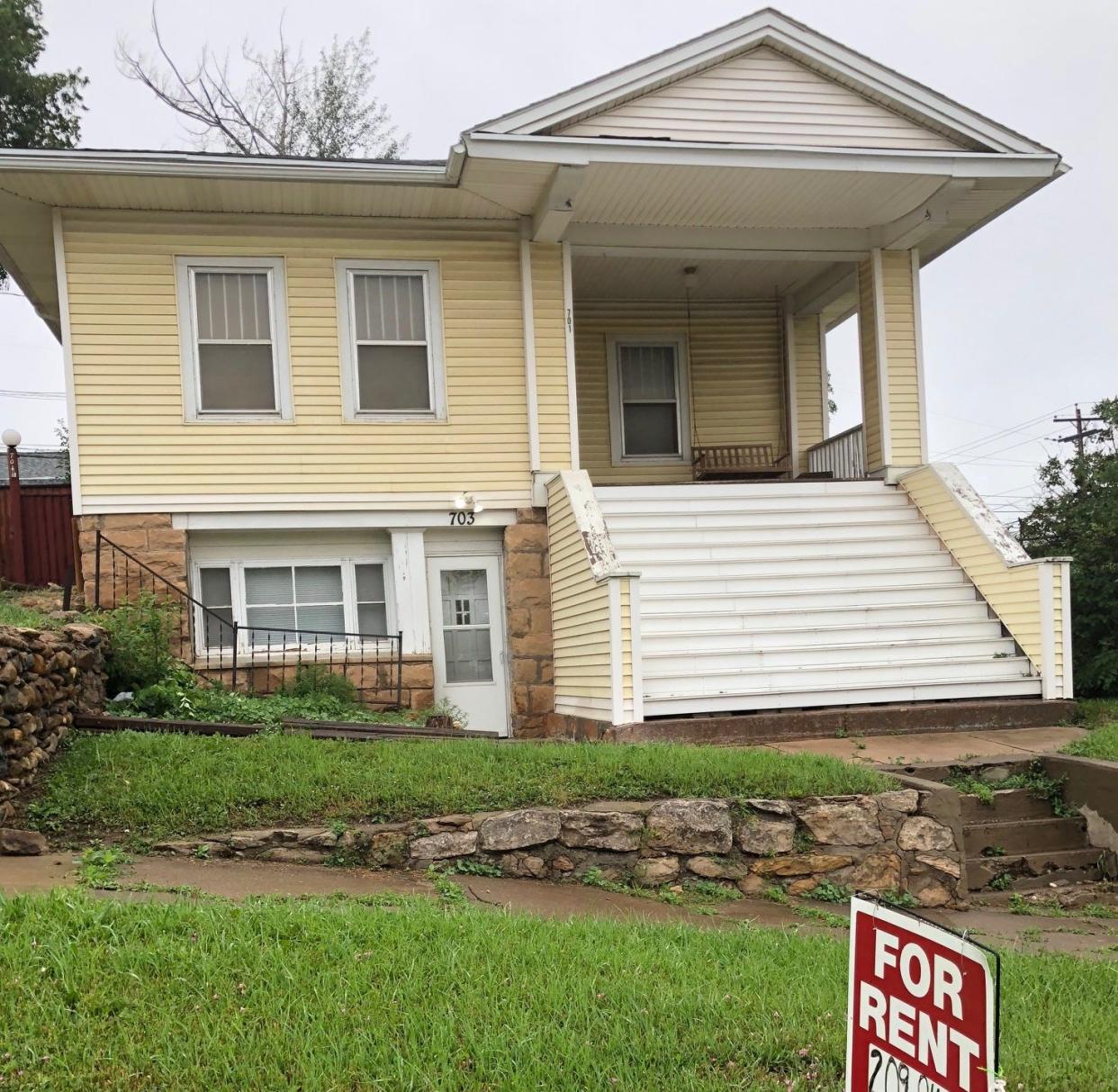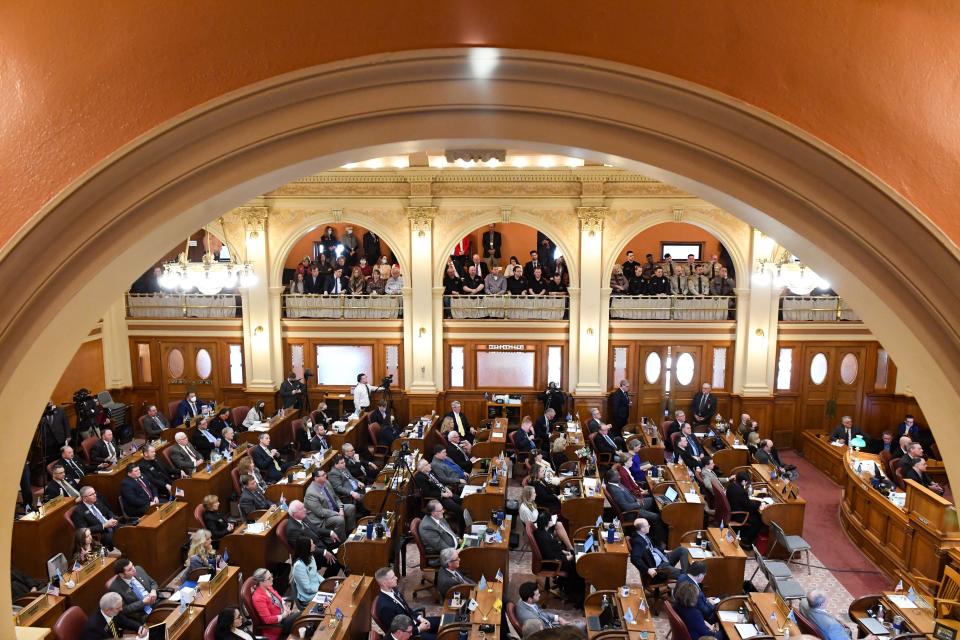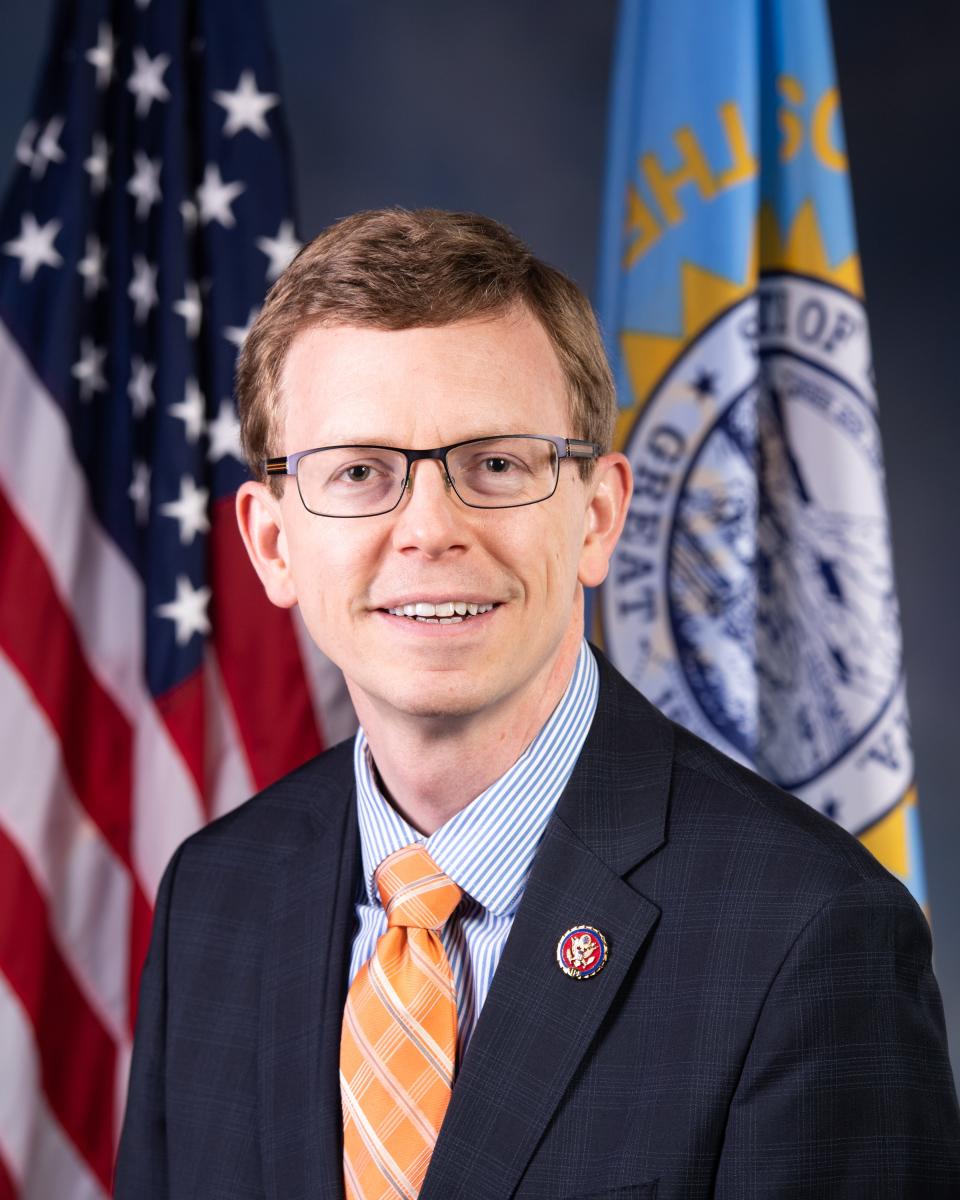South Dakota returns millions in unused housing assistance funds to federal government

South Dakota has sent millions of dollars of unused COVID-19 housing assistance funds — allocated to help low-income renters — back to the federal government, mainly because not enough people applied for help.
As of early January 2022, the state had received about $271 million in federal funding to pay rent and utilities of low-income residents who fell behind during the pandemic. But so far, the state has distributed only about $24.9 million to needy residents, or about 9.2% of the total available funding.
In September, South Dakota and other states that did not spend the money fast enough were required to return some of the money to the federal Treasury. That month, South Dakota returned about $22 million in unused housing assistance funds to the federal government, which is reallocating the excess money to states that are using it faster.
More: Home heating costs high and getting higher in South Dakota
Several other states, especially those in rural areas or with smaller populations, have had to return unused housing-assistance funds. Overall, the federal government said disbursing the money to low-income renters has gone more slowly than expected across the country.
The program will continue to offer assistance at least until 2025. The federal government rejected requests by South Dakota officials to use the excess funds for other housing initiatives.
Official says state had to return some funding
Lorraine Polak, executive director of the South Dakota Housing Development Authority, which is administering the housing assistance program for the state, said the state had to return funds for several reasons. One was that Congress gave too much assistance money to the state; another that less rental assistance was needed because South Dakota did not shut down its economy as some other states did early in the pandemic.
Polak pointed out that with a population of under 1 million, and the assistance program limited to renters who qualify as low-income, there was no way the state could spend all $271 million from the program, part of which extends into 2025.
“We had more funds than necessary to meet the needs in our state,” Polak wrote. “It was best to return those taxpayer dollars to the Treasury.”
To help implement the program in a fast and functional way, the housing authority enlisted local agencies across the state to aid in the application process and allocation of funds that were ultimately paid directly to landlords and owners of rental properties.
NewsWatch: Child care crisis in South Dakota hurting families, employers and state economy
Officials with two of those agencies said that while the program could have done more to help, especially for homeowners, they said Polak did a good job managing the program and that the state continues to help renters and landlords who are being hurt by the pandemic.

“The state and all the partners have been wonderful to work with, and we’ve all gone to great lengths to help a lot of people,” said Peter Smith, executive director of the Rural Office of Community Services in Wagner, which provides a variety of aid to residents throughout eastern South Dakota.
Polak said the state program has provided aid to about 4,000 households statewide, and Smith said his agency has aided about 1,350 families in 22 South Dakota counties.
“I would say the efficacy of the program has been excellent,” Smith said.
Some housing advocates and members of Congress have expressed concerns that some renters in the U.S. who need help due to the pandemic are not getting it, and that states need to do more to allocate the aid where needed.
“At the end of the day, hopefully everyone that needs assistance is able to get that, and I think $25 million is a lot of money,” Polak said in an interview with News Watch.
South Dakota has used three separate federal funding programs to assist with housing costs for low-income residents during the pandemic. Legislators in 2020 used a special session to approve using $10 million in federal Cares Act funds to provide money for rent, mortgage payments and utility bills to renters and homeowners affected by the coronavirus pandemic.
Congress then approved two rounds of funding in 2020 and 2021 through the Emergency Rental Assistance program that set aside almost $47 billion to aid renters in states, large cities, U.S. territories and on reservations. Homeowners were not included in the ERA program and tribes were excluded from the second round of ERA funding.
The money was given to states to distribute to landlords and owners of rental properties to support low-income residents with rent and utility payments. The goal was to help renters stay housed and assist landlords who operated under a federal eviction moratorium from September 2020 to August 2021.
South Dakota has received $271 million in housing assistance
In January 2021, the federal government estimated that U.S. renters overall were in arrears by at least $20 billion and as much as $57 billion.
South Dakota received $200 million in ERA-1 funds and $61 million in ERA-2 funding. When added to the $10 million appropriated by the Legislature in 2020, the state has received a total of $271 million in Cares Act funding in housing assistance, the large bulk targeted at renters.
Six months into the ERA-1 program, the U.S. Treasury reported that only $1.5 billion of the $25 billion allocated, or about 5.8%, had been provided as rental and utility assistance across the country. Two months later, the amount had jumped to $7.5 billion, or 30% of the total, still far below what Congress had intended.
As some states continued to lag in allocating assistance money, the Treasury in September 2021 enacted a “recapture and reallocation” process that required states that were not providing assistance fast enough to return money to the federal government, which likely will go to states with greater need or more efficient delivery systems.
For South Dakota, that resulted in the return of $22 million in housing assistance funds in September 2021, and more could be returned this spring, Polak said.

According to a South Dakota Housing Authority report in January 2022, about 3,800 households statewide had received some federal housing assistance, while about 1,850 applications were abandoned after being started.
U.S. Rep. Dusty Johnson, R-S.D., said in an email to News Watch that he supports letting states use ERA funding in other areas if they aren’t able to spend it all on rental assistance.
“The Biden Administration flooded states with cash and they can’t spend this money fast enough,” Johnson wrote. “I’d like flexibility for states to spend unused dollars on things like roads and bridges before [C]ongress considers even more inflationary deficit spending.”
The housing authority enlisted the help of several local aid agencies across the state to let low-income residents know about the program and to administer the first steps in applying. Local agencies also played a key role in getting approved funding directly to landlords.
The housing authority was aggressive in trying to get the word out about the availability of assistance, Polak said, posting information on the agency website, working with local aid agencies to inform their clients of the opportunity for help, and providing notification through utility companies, daycare providers and churches.
Polak said the rental and utility assistance programs are ongoing, and she urged any tenants or landlords who are struggling to visit the housing authority website or their local aid agency to learn how to apply for funding. She also noted that other programs coming soon to South Dakota will be aimed at providing help to homeowners as well as renters.
This article originally appeared on Sioux Falls Argus Leader: Millions in unused South Dakota housing assistance returned to feds

